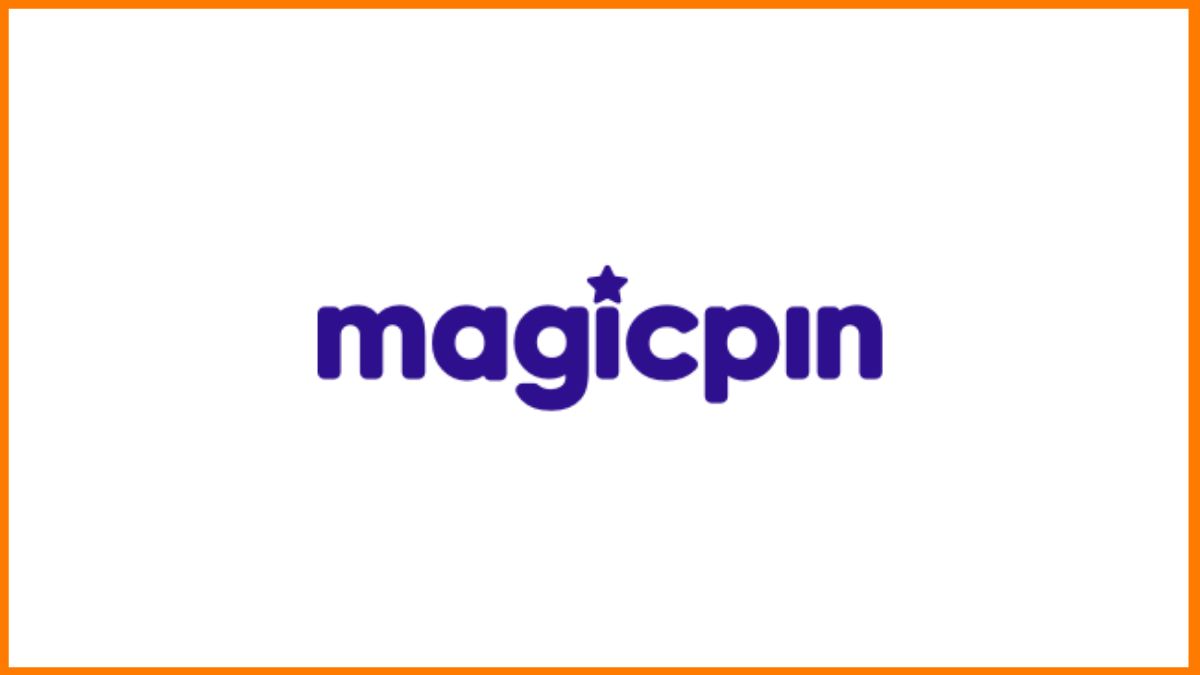Introduction
Magicpin is one such app that helps its customers in finding local retailers around the city. People can search for restaurants, gyms, spas, fashion, beauty, groceries, etc., on the app. The Business model of Magicpin involves its business plan, revenue model, its competitors, SWOT Analysis and many more. The app helps users in many ways and increases their businesses by connecting them to customers. MagicPin, managed by Samast Technologies Pvt. Ltd is arming merchants with consumer data and a dedicated marketing platform to encourage repeat buying.

By connecting retailers big and small with customers, magicpin creates value for all in the hyperlocal retail ecosystem and allows them to leverage the fast-growing digital world. magicpin drives the discovery of brands and retailers across categories like fashion, food, electronics, grocery, pharmacy, home delivery, spa, nightlife, entertainment and more. It builds engagement and visibility for retailers and brands to help boost demand and offers an omnichannel platform to connect with relevant local customers.
Business Plan
This market got its division into two, online and offline. While the E-commerce market kept booming, its growth earmarked an independent success. It did not factor in the subsequent growth of the offline market. A hyperlocal platform would merge or bridge online and offline markets. The merging of these markets is done to help satisfy the needs of the local businesses. It basically asks the customer to search as per his or her need, a shop, service or service provider in their vicinity.
Since these platforms are all dependent on consumers to create data for them, it rewards them or incentivizes finding new offline businesses. This way, local retailers can get identified online and can have a fixed customer base. MagicPin smartly created its business model around this concept. However, it is their magical recipe behind the success of the hyperlocal discovery that they have garnered.
This company drives discovery to local retailers across various industries such as fashion, food & beverages, and grocery establishments.
Revenue Model
Merchants and brands use the MagicPin platform and its data to direct their offers to potential customers. These brands, merchants then pay two sets of payment to MagicPin. First, when there is a recurring customer in their store, they pay a recurring fee. Second, is a set commission every time a customer from MagicPin’s platform does some kind of a transaction with the merchant. The commission that MagicPin charges from merchants per transaction range from 10-12%.
The business model from just the user end would appear to be dependent on the multinational merchants. While in reality, around 70% revenue is coming from small retailers. This makes the whole model even more sustainable as the future of the offline retailers remains very well tied with MagicPin’s support.
Advertising and marketing is another source of revenue as the company can leverage its consumer data and provide advertising and promotion to merchants that help the latter reach out to customers better.
Competitors
Some of the competitors of the company are as follows:
- Nearby
- BlueBook
- Little
Conclusion
Magicpin is an online location intelligence platform that allows the users to discover restaurants, fashion stores, spa, and fitness centers in the nearby areas. MagicPin’s door to door tie ups with retailers was unprecedented. These stores are often not run by people who understand complex technology. An easy application that just scans your location is all they wanted.




